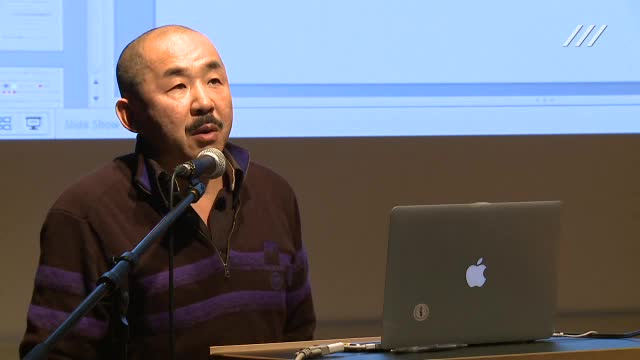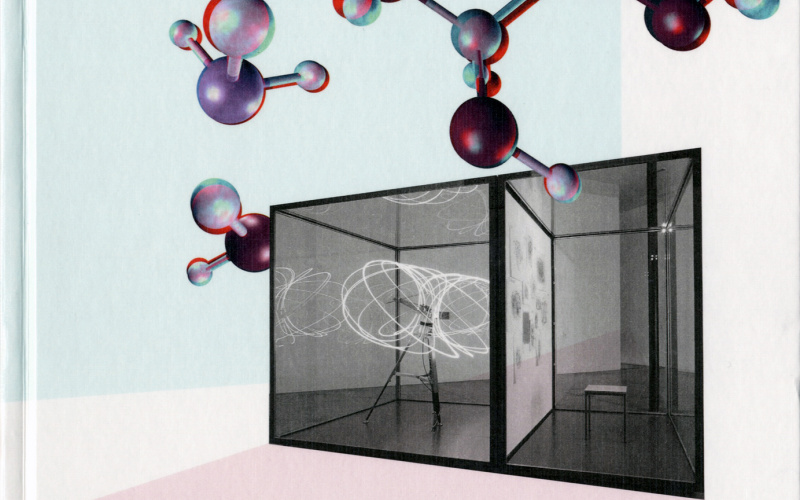Shinsuke Shimojo: Sensory Substitution, and the Third Kind of Qualia

- Date
- Duration
- 1:02:02
Description
»Qualia« to some refers to the absolute, unique quality of a conscious sensory experience, which may not be “explained away” by neurophysiology. Whereas we do not endorse to the qualia as a »hard« (that is impossible in principle) problem for science, we still agree that the current sensory sciences fail to critically characterize such unique quality of sensory experiences. We aim to find insights in the latest progresses of sensory substitution. The »vOICe« is one of such devices translating visual into auditory inputs for blind people. There are some superusers who claim »visual« experiences. Moreover, some of them showed neural activity in the visual cortical areas in fMRI, when engaged in a variety of tasks relying on this type of device. Our strategy is to come up with a brief list of psychophysical and neuroscientific criteria for »vision-like« processing, and to search for empirical evidence, including (1) cortical mapping of space via the device, (2) accomplishment of perceptual constancy, and (3) intrinsic (synesthesia-like) crossmodal mapping. The results suggest that »qualia«, if one still wants to use such a word, should be understood with regard to adaptive behavior. Moreover, what such training/experience accomplishes should be characterized best as the third kind of »qualia«. Enrichment of sensory experiences due to intrinsic and associative mapping provides scientists and artists with ample opportunities.
Prof. Dr. Shinsuke Shimojo is an experimental psychologist/cognitive neuroscientist, with long-standing interests in visual psychophysics and their applications to visual illusions, cross-modal plasticity, human emotion, preferences, and decision-making. He received his B.A. and M.A. degrees from the University of Tokyo (1978, 1980), and his Ph.D. from the Massachusetts Institute of Technology (1985). He is currently Gertrude Baltimore Professor in Experimental Psychology in the division of Biology/Computation and Neural Systems at the California Institute of Technology. His laboratory at Caltech has been applying quantitative psychophysical techniques to understand human implicit perception and social behaviors, with applications of eye tracking, fMRI, EEG, TMS and tDCS, and other techniques. He has approximately 150 publications, including multiple papers in high-impact journals, such as Nature, Science, Nature Neuro-science, and Neuron. He is also known for his collaborations with artists, and a science column (ASAHI WEBRONZA).
